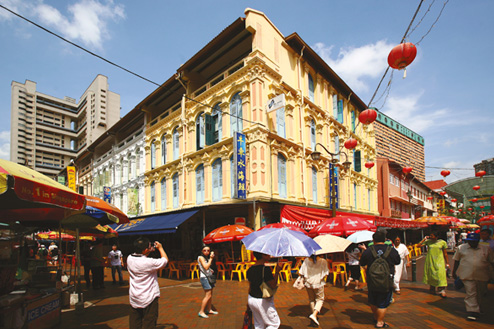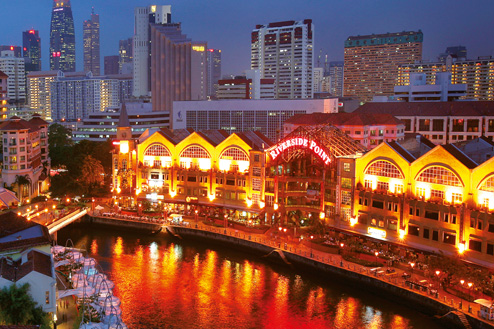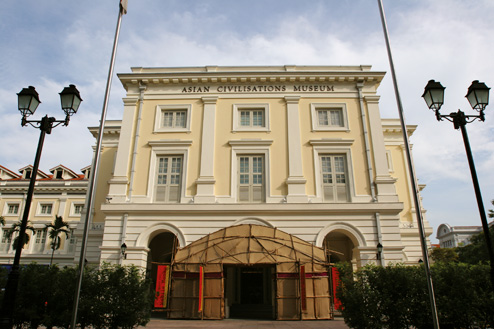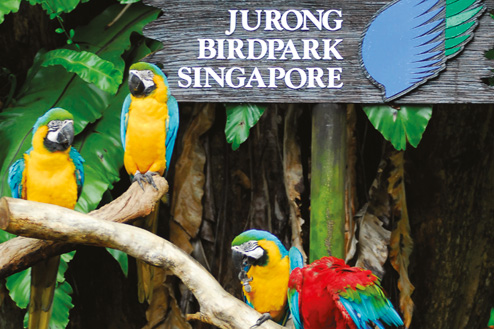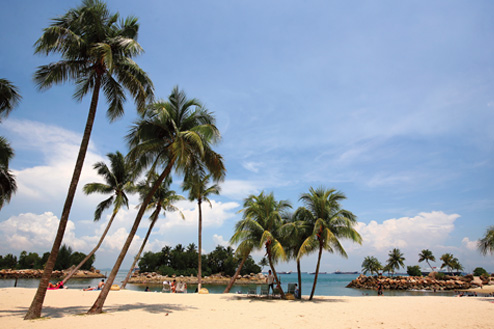Little India
Culturally, Little India is one of the richest districts in Singapore, offering you experiences ranging from savouring fish-head curry and masala tea along Racecourse Road to getting a henna tattoo or visiting a parrot fortune teller. Whether it’s due to fear, respect or a little of both, Little India has retained an identity all its own and a sense of independence that goes beyond simply being a cultural heart for South Asians. This is partly because the place hasn’t yet been over-themed or dressed up.
Apparently Little India developed around a former settlement for Indian convicts. Its location on the Serangoon River made it attractive for raising cattle and it became known for its trade in livestock. As more immigrants moved in from Chulia Kampong – an area that had been put aside for Indian immigrants under the Raffles Plan of Singapore – and as other economic activity in Little India developed, it began to look like a real Indian town.
Such is the way in which a slice of urban Indian has been transplanted here that you could be wandering the streets of Madras or Hyderabad. Ironically, the district is vibrant in the same way as a ‘Chinatown’ is vibrant in the West; it’s made all the more distinct by the stark differences all around it.
Walk down Little India’s streets signposted in Tamil, Hindi and Bengali and shop for colourful saris, spices and Indian Barbie dolls – it’s all here in colourful abundance. On Saturday nights and all day on Sundays, homesick Indian workers converge on the area to shop, eat and catch up on gossip. While it can be chaotic at times, it‘s also one of the more authentic experiences an outsider can enjoy in what can be a rather ‘Asia-lite’ Singapore. Like a real Indian city, what keeps this area so vibrant is the force of population it serves – not only several generations of resident Indians, mainly Tamils from southern India, but also large groups of South Asian labourers and tourists from the now booming homeland.
Residential
Some of the more traditional Singaporeans are somewhat wary of Little India, yet the more casual and expressive aspects of the area make it attractive to many foreigners. The terrace houses of Townerville, the nearby condominiums and the restored shophouses close to or within Serangoon are popular with expats, and the proximity to food outlets and the city is an additional plus factor.
Retail
Singapore’s Chinese community is not the only one that’s shopping mad. The stores of Little India are packed with all manner of Indian goods, from music to fruit. Two giant shopping centres dominate. The first of these is the Mustafa Centre on Syed Alwi Road, a mecca for bargains and the sheer range of goods. If you haven’t been there a while, the centre will seem to have grown in your absence. From Rolex watches to bags of lentils and tailored suits, it’s all here, all the time – the centre is open 24 hours. Sim Lim Square, technically speaking, is across the street from Little India, on 1 Rochor Canal Road. Filled with electronics, you’ll find plenty of competitive pricing here, not to mention a good degree of fast talking. The centre is also known for selling pirated software, but this practice is stamped down on periodically. The other shopping options in the area cater more to the Indian market.
Tekka Mall at 2 Serangoon Road is Little India’s first and only modern air-conditioned shopping mall, and rather soulless when compared to the bustle outside. Tekka Centre on the other hand is a wet market for fresh produce, hawker food, traditional Indian clothing and jewellery.
Places of Interest
Little India’s main thoroughfare is Serangoon Road, and there’s network of streets that run off it. As ever, the real life and intrigue is in the back streets, and wandering through them in the early morning or at dusk offers you a captivating sampling of some of the cultural richness missing in the westernised corners of town. The fact that Little India has been allowed to go its own way is something of a blessing – while you’ll see hip cafes and boutiques where once there were backpackers’ hostels, this happens at a pace that allows the district to retain its identity. Even its new MRT is set off to one side – whereas Chinatown’s cut right into the heart of it. Head to Little India Arcade for a real taste of life down here.
Meanwhile, Singapore’s common languages, food and shopping, are what bring non-Indian residents back to Little India each time – the lure of heavily spiced vegetarian fare, or red-pasted prawns served on a banana leaf and washed down with fresh lassi is too much to resist for too long. As is the thought of bargains galore at retail sensation Mustafa’s. While it may look chaotic at times, it’s very possibly Singapore’s most successful centre. Waiving the niceties of display and comfort for the benefits of a lot of stock, Mustafa’s is the most likely place to have what you’re looking for.
But it’s not all food and shopping here, Leong San See Temple is a beautiful Taoist Temple and is well worth a look as are the Sakaya Muni Buddha Gaya Temple, the Sri Srinivasa Perumal Temple and the Sri Veeramakaliamman Temple.

